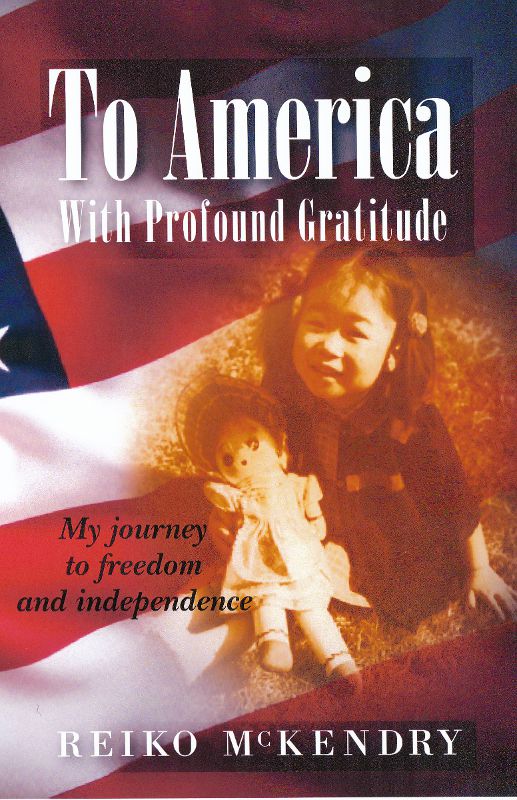In May 2016, I wrote about “The Big Short.” This post is a sequel of sorts. Attached is a link to a four-part series on “Money, Power, and Wall Street” by PBS Frontline. Each part is slightly less than one hour. I presume that freedom of thought/expression/speech is alive and well so long as the link remains intact for you to be able to access them.
It may be helpful to view the series AFTER reading (the book) and/or watching (the movie) “The Big Short.” Otherwise you are likely to be confused with many of the terminologies unless, of course, you happen to be someone who already understands Wall Street lingo inside and out.
My personal conclusion as to why millions of people around the globe are struggling today is that no one – not even Wall Street (from where the original problem emanated), the Fed (which supposedly is the master of the universe in terms of stabilizing money flow), or those at the highest levels of government – fully comprehended what was going on. This tells me the following:
- As obvious as it may seem, this is a glaring proof that NO one individual can be all knowing.
- We, the people, should demand any leader who behaves otherwise – as in “I know what’s best for you” – be removed from the office.
- A leader’s job, instead, should be to encourage each individual to figure out what is best for himself or herself.
- The system that was set up, supposedly to protect your retirement-income stream, is unlikely to be able to fulfill its commitment. The sooner you recognize this reality, the quicker you can begin to figure out what needs to be done.
- As infuriating as it is, your anger does not mean anything to those who caused the problems on Wall Street. They don’t know you personally. So staying angry at “them” does not get you anywhere. Been there, done that myself – so I know. Instead, your focus should become, “What can I do to protect my future?” It took me four years to get over the anger – and some serious levels of fear about my financial future – to finally begin taking actions for myself.
- Even in the absence of intentional manipulation of financial products, your retirement funds in the hands of Wall Street are at the mercy of world events. A case in point: Brexit – the June 23, 2016 referendum by British voters to leave the European Union, which triggered a selloff around the globe.
- Elliot Eisenberg, the Bowtie Economist, in his June 28, 2016 blog, said, “The Medicare trust fund, which provides coverage to 55 million Americans, will exhaust its reserves by 2028. Similarly, the Social Security trust fund, which provides retirement benefits to 49 million Americans, will be depleted by 2034, triggering a 21% benefit cut if Congress doesn’t act. Social Security and Medicare accounted for 41% of federal spending last year, up from 36% in 2011. Last year, there were 2.8 covered workers per Social Security beneficiary.”
- Likewise, Pension Benefit Guaranty Corporation (PBGC) is expected to be out of funds by 2022. That’s only six years from now!
- By the way, the information, shared above, is nothing new. The projections have been around even before the 2000 market crash. I never took them seriously, however, until when I was forced to see the connection between what had happened to my retirement accounts and the macro-economic and social trends.
- The sooner you recognize that you are the only one that can be trusted to handle your own financial affairs, the better.
- You know what’s best for you. If not, get educated on how to manage your own investments.
If you are reading this blog, it is highly likely that you are already well on your way to becoming and/or remaining financially independent. Congratulations!
Happy investing!

